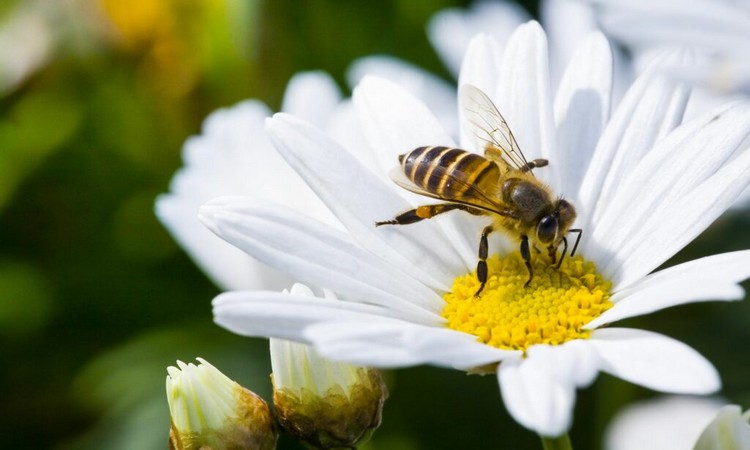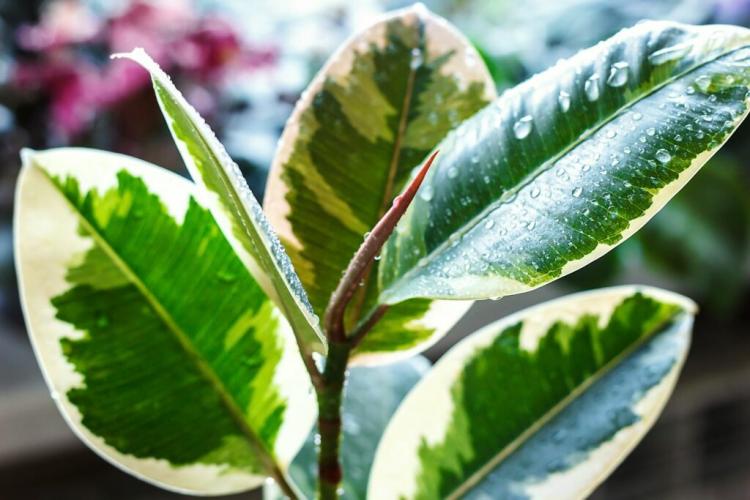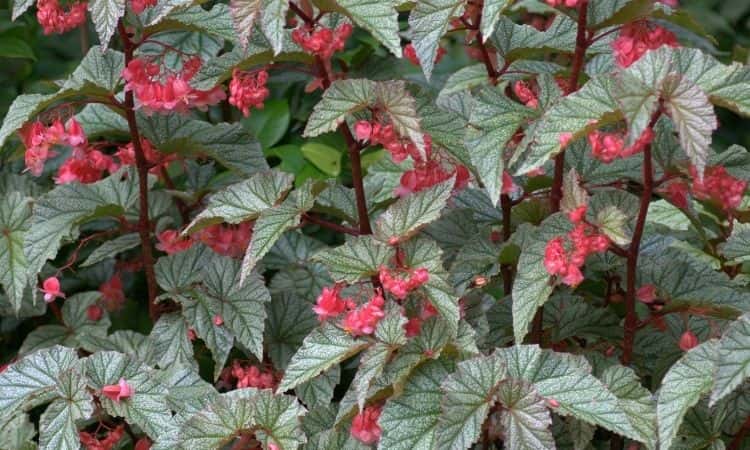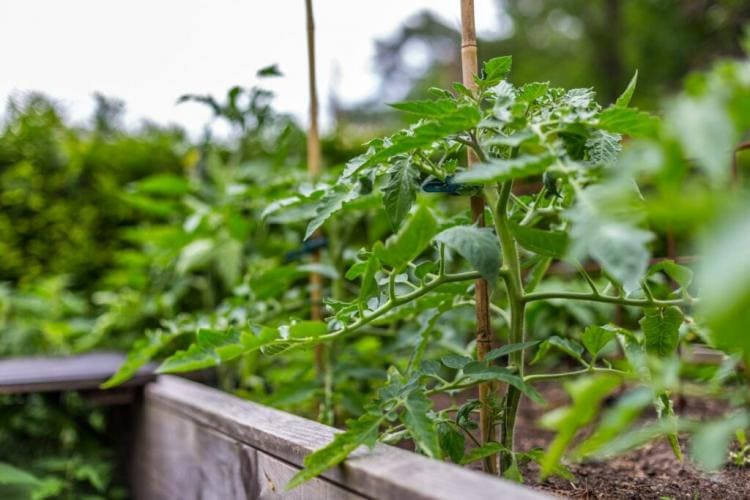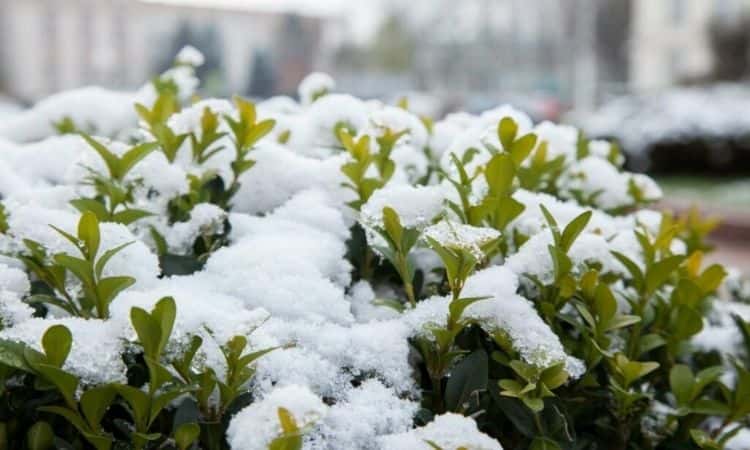Bees In The Garden: Everything You Need To Know About It
Bees are important helpers in the garden. We show what protective measures (beekeeping included) you can take to support the bees.
We hear a lot about the honey bee because it is one of the most economically important farm animals. And of all things, man, who is so dependent on them, is their greatest enemy. He makes life difficult for it with poison, by spreading diseases worldwide and by destroying habitats. You are probably wondering now what this has to do with your garden.
Quite a lot, actually, because it is precise as an amateur gardener that you have it in your hands to take effective measures to counter the prevailing conditions that are hostile to bees. Why bees are important in the garden, how you can create islands of protection for the striped insects in a small space, which plants are particularly suitable, and how you can even start beekeeping yourself, we explain in our bee articles.
Bees In The Garden
Table of Contents
Both honey bees and wild bees have been shown to make an almost inestimably important contribution to maintaining our ecosystems and agricultural production. For this reason, no one should really want to try to make it even harder for our industrious friends than it already is due to the current use of our landscape. Due to the co-evolution of plants and bees, there are hardly any garden plants per se that actually deter bees or even drive them away permanently. Nevertheless, some plants are particularly suitable for bees. We present these to you, among other things, explain what the industrious helpers actually do exactly and give tips on how you can support them as a hobby gardener.
Why Bees Are Important In The Garden
Honey bees used to be at home in many gardens and on most farms. They ensured good harvests through their pollination, provided wax and honey for their own use, and were important maintainers of a species-rich cultivated landscape. Not so long ago, there were 2.5 million bee colonies in the USA – today there are not even a third, and the overall trend is downward. These figures directly reflect the changes that have taken place in agriculture in recent decades. Under the motto “grow or give way”, the colorful mosaic of the small-structured cultivated landscape was transformed into vast areas of monocultures.
Farms became specialized factories with high pesticide use. Bees, which had been part of the circular economy of each farm, lost their place. What remained were the hobby beekeepers (today 95 percent of beekeepers) and a few large professional beekeepers. Diverse and small-scale structured gardens and cities gained in importance as bee refuges. From here, the busy insects – under the right conditions – continue to perform their valuable services.
What immense services bees provide in addition and why are bees important in the garden, we have compiled for you in our special article here.
Protecting Bees In The Garden
By bees, we mean primarily honey bees and the numerous species of wild bees. There are just under 700 bee species in Central Europe, a third of which are considered endangered. Reason enough to get involved in protecting these animals. As a beekeeper, you are of course directly concerned with the survival of your own honeybees, but as a gardening “host” you can also make your garden or balcony bee-ready with our tips. The key is the right choice of plants and the natural design of the garden. In addition, chemical pesticides should be avoided at all times in the private garden.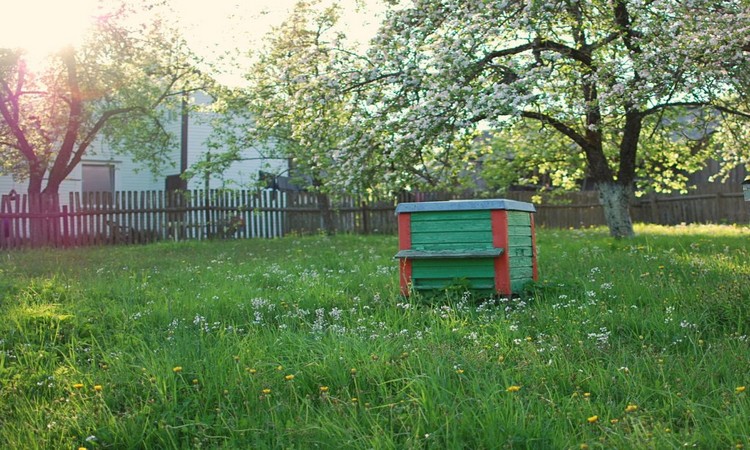
Plant Selection For Bees
For bees, something must be always in bloom throughout the growing season. This means that it’s the mix that makes the difference. However, not all flowering plants help bees. Plants with long flower tubes, for example, are often specialized for butterflies and moths. And some plants with rough leaves can only be pollinated by certain types of bumblebees that buzz at the right frequency when they fly. Double flowers look magnificent, but they are usually sterile and virtually worthless to insects.
Some among the exotic plants may serve as a food source for native bees but are usually visited by a very limited number of species if any. Some, for example, are adapted in their native habitat to pollination by birds and shine with a long-wave color frequency that insects do not perceive at all. In addition to color, flower shape should also be considered: among exotics, the less specialized plants, such as those with disk flowers or sunflowers, are more valuable to native species.
What Are Bee-Friendly Plants?
Bee-friendly plants are referred to in technical jargon as bee pastures or bee food plants. A plant can become a valuable food source for bees by meeting several criteria:
- Some flowers and flowering duration. If a plant blooms for a particularly long or rich period, it simply offers a particularly large food source. However, this fact alone is worthless; a pronounced bloom is only useful to bees in combination with sufficient production of nectar and pollen.
- Production of nectar and pollen. Some cultivars of our garden plants have been influenced in their flower form to produce fewer stamens and carpels and more ornamental petals. The more double a flower is, the lower its nectar and pollen production – to the point of complete sterility. In addition, there are of course purely wind-pollinated plants that do not naturally produce nectar.
- Accessibility. The flower form of a plant may be more or less specialized. The co-evolution of insects and plants has sometimes resulted in exceedingly specialized forms. To accommodate as many pollinators as possible, a wide range of different plants is optimal.
- Plant origin. To promote our native insect world, native plants are naturally most suitable. Our insects have adapted to their characteristics in terms of flowering time, nectar quality, and flower shape.
 Plants for bees are found in all plant groups. Plants that bees love are found in locations in shade, partial shade, or sun, and among summer annual flowers as well as perennials, shrubs, and woody plants. Fortunately, because the span is so wide, almost everyone can do something to help bees and insects. Both in the balcony box and the large garden, many plants can attract and feed bees. Optimally, the respective plants are chosen so that there is at least one source of food during the entire growing season – that is, that something is always in bloom. This desire is usually also compatible with the wishes of the executing gardener.
Plants for bees are found in all plant groups. Plants that bees love are found in locations in shade, partial shade, or sun, and among summer annual flowers as well as perennials, shrubs, and woody plants. Fortunately, because the span is so wide, almost everyone can do something to help bees and insects. Both in the balcony box and the large garden, many plants can attract and feed bees. Optimally, the respective plants are chosen so that there is at least one source of food during the entire growing season – that is, that something is always in bloom. This desire is usually also compatible with the wishes of the executing gardener.
We have summarized the best bee-friendly plants for your garden here.
Nature In The Garden For Bees
Much is already achieved when a bit of wilderness is allowed to conquer the garden. The neighbors will put up with it if you allow a few weeds to flower out. Schumpert (as they would say in Austria) is beautiful: especially wild bees depend on the presence of building materials and nesting sites, such as those found in a natural garden: Stalks, clay, sand, branches, and warm open areas of soil provide the perfect foundation. Variety is the magic word. Insect hotels can provide insect-friendly structures in a small space. Add a bee watering hole and your bee garden is complete. Tip: If you have enough space available, the local beekeepers’ association will surely be happy to provide a stand for one or two colonies in your garden.
Detailed instructions for a bee paradise in your own garden can be found here.
Become A Hobby Beekeeper
If you have now acquired a taste for beekeeping and would like to try it yourself, we will inform you below about the most important requirements and the practice of beekeeping.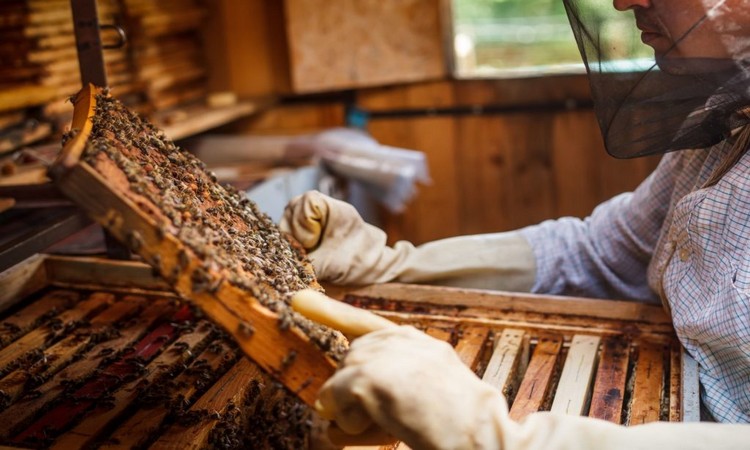
Prerequisites Of Beekeeping
In the beginning, it is necessary to understand the requirements of beekeeping: Do you know how laborious beekeeping is in times of great insect extinction? Do you want a good honey yield or is peek beekeeping enough for you? Are there allergies to bee venom in your family? Do you have enough time and are you willing to invest a considerable amount of money in the purchase? Does your family support you in this endeavor? Are you physically able to lift the heavy loads? Next, you should clarify where the bees can be located. Are there enough forage plants there? Is there a storage room and a separate spinning room that meets sanitation requirements? These are questions you should definitely think about at the beginning.
Expert Support
You don’t have to do an entire apprenticeship right away, but you won’t be able to do it completely without help. Visit a nearby beekeepers’ association that may be able to help you get started. Because it makes a big difference if you have an experienced beekeeper by your side. This way you will pay less apprenticeship money and can avoid serious beginner’s mistakes that would quickly take away the joy of beekeeping. Find out about courses that take you through the entire bee year, teach the basic knowledge, and show you the bees directly at the stand.
In the association, you will also be helped to decide on a method of operation and a method of treatment against the Varroa mite. The right time for all preparations in the bee year is also not easy to figure out in the beginning. Well-organized clubs make joint orders for materials, thus easing this hurdle as well. Last but not least, you may find other young beekeepers in the club with whom you can join forces. Together it is simply more fun.
